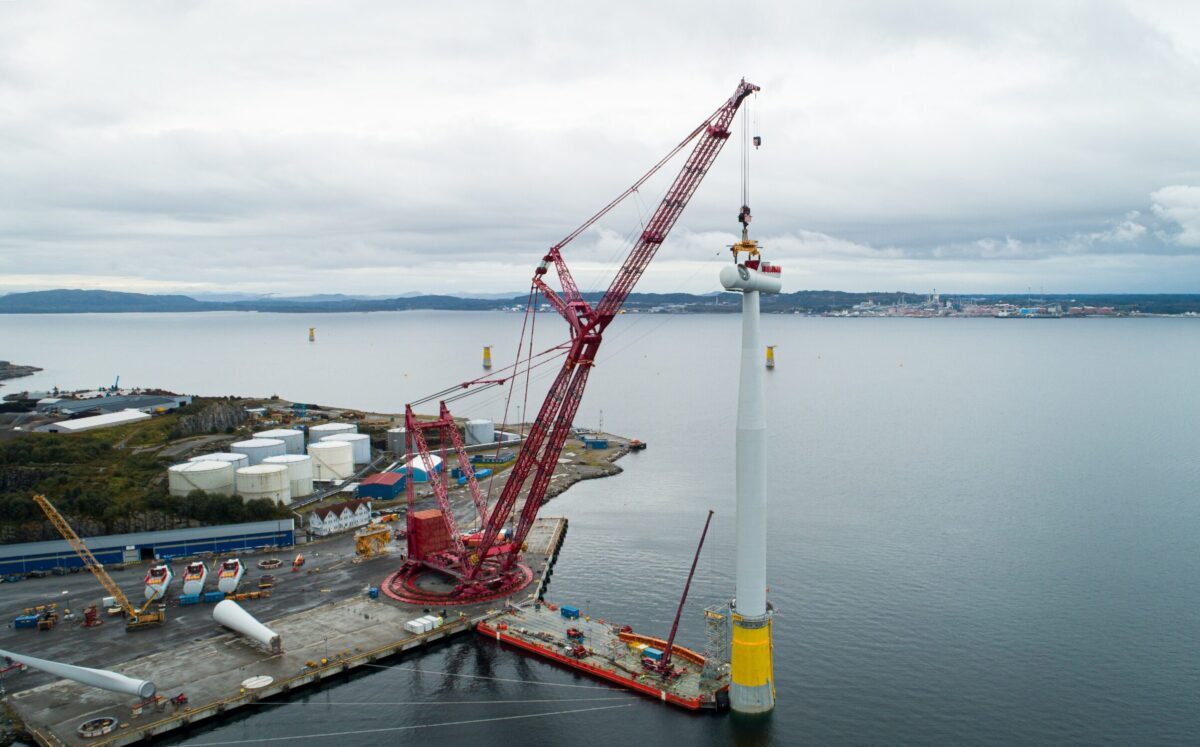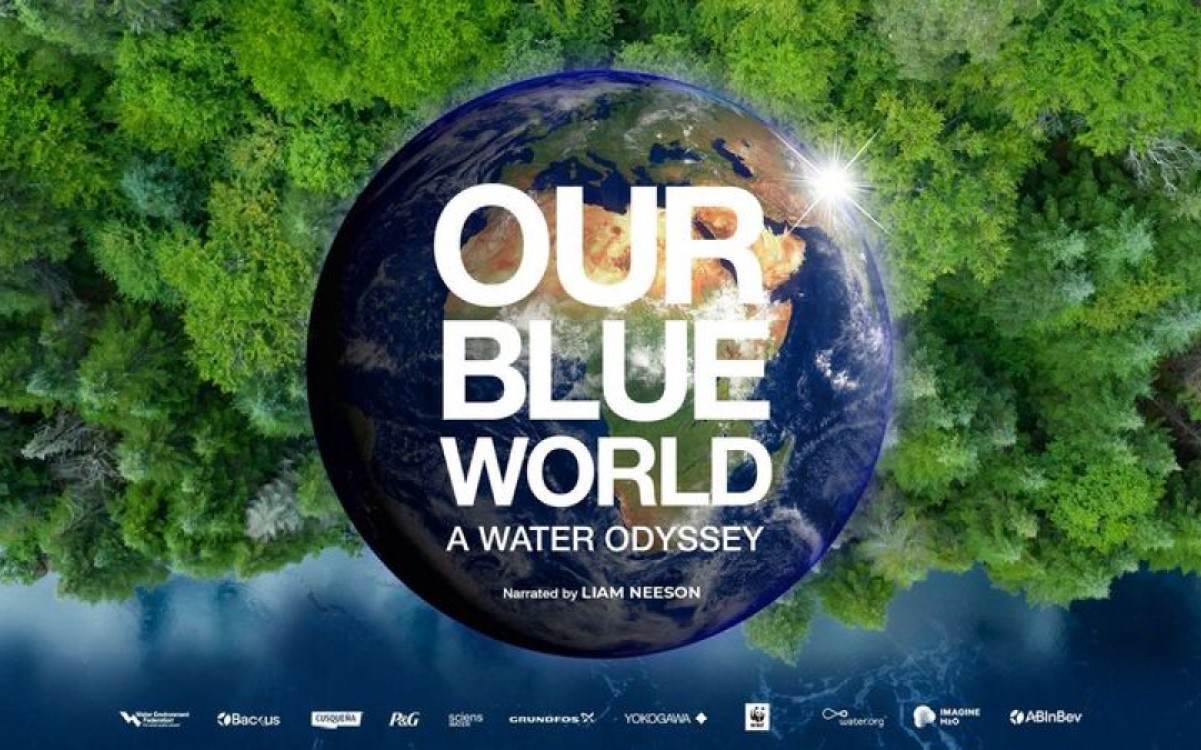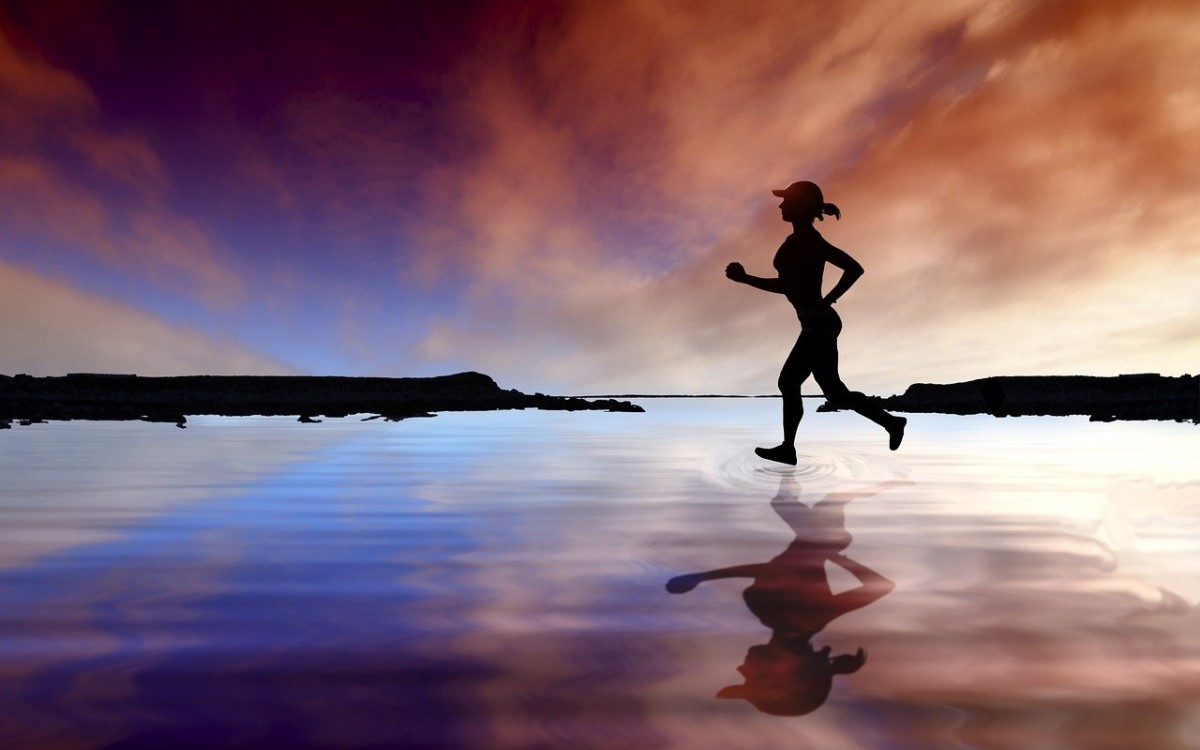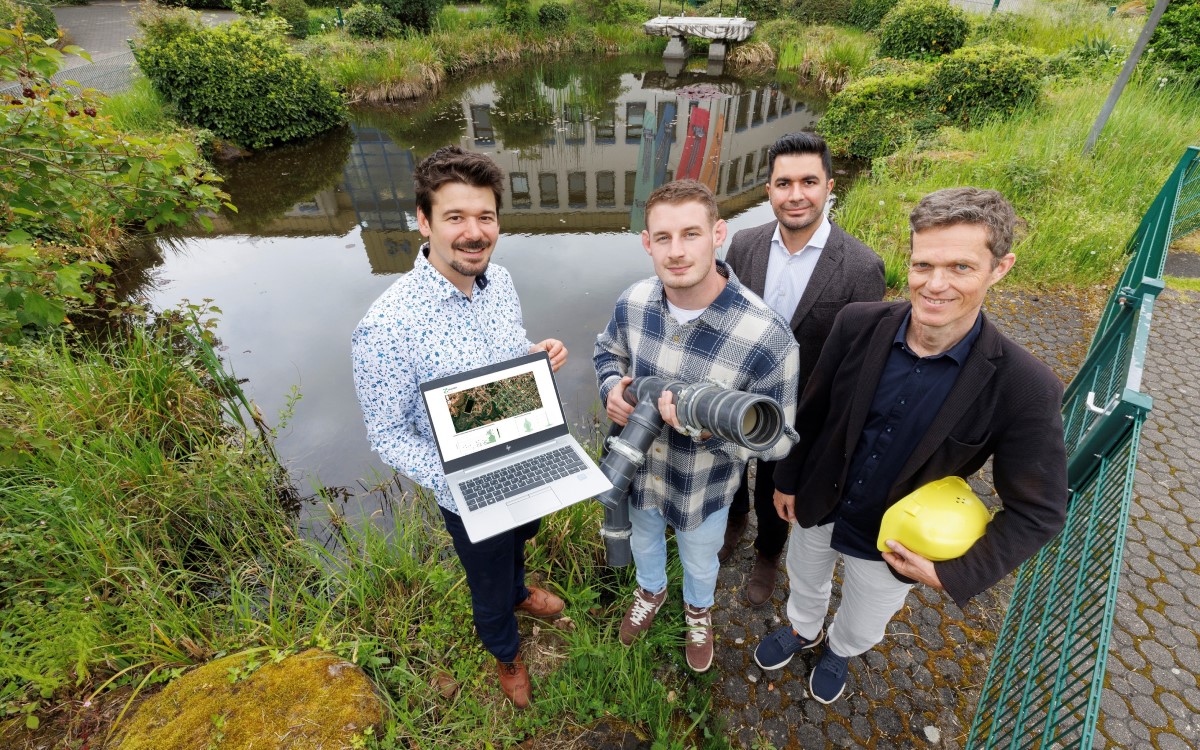May 16, 2023 Ι The floating offshore wind farm “Hywind Tampen” is being built in the North Sea off Norway. What can the plant achieve in detail and what risks for the environment does the project entail?
Floating offshore wind will be key to delivering cost-effective renewable energy to consumers. Equinor is leading the way in developing this technology with Hywind Tampen, the largest floating wind farm to date. It is located in the North Sea off Norway. It delivered its first electricity on November 13, 2022. Seven of eleven turbines were connected to the grid by the end of last year. The last four turbines were assembled last autumn and will be installed on the field during a weather window in 2023. Meanwhile, the installation of the Sørlige Nordsjø II wind farm is already being planned.
Smooth production line: Floating foundations required
The market is still developing, and although various component designs, installation techniques and deployment methods are being considered and prototyped but none have been commercialized at full scale. Floating foundations were required for the Hywind Tampen project as the water depth and seabed geology in the Tampen area made it impossible to install conventional fixed-bottom turbines.
A critical challenge was the work involved in assembling the entire 8.6 MW turbines – including tower sections, nacelles and blades – onto huge 107m spar buoys that lie mainly underwater. This needed to be performed in the controlled environment of a port – where the whole system could be kept as static as possible – before the completed turbines were towed out to their installation site. With such huge floating foundations, this port required an exceptionally large draft – ruling out jack-up vessels, which would be too short to assemble the turbine sections. Also, though conditions at Gulen Industrial Harbor were calm, using crane vessels would increase the complexity of assembly engineering, which would then require transfer between two floating objects.
A spacer barge between the quay and spar foundation was needed to ensure adequate clearance between the base of the foundation and the seabed. Martin Tieman, Project Manager for Mammoet, explained:
More Information“We recognized that we would need a crane with a huge outreach to make the required lifts. The majority of land-based cranes in any fleet would not be able to achieve a 143m distance at these weights, but we knew that if it could be done the project would benefit significantly. This would create a smooth production line from marshalling yard to turbine assembly to commissioning – all at the same location – optimizing the use of offshore assets. With the port confirming the quayside would be able to provide the required ground bearing pressures, we were able to put together a plan that would deliver a comprehensive package of port handling and assembly of all eleven turbines of Equinor’s development.”
Floating offshore wind farms: Energy of the future?
Develop the North Sea as an offshore energy hub
Large-scale offshore wind farms at Sørlige Nordsjø II (SN2) will deliver renewable energy to Norway and potentially Europe, contributing to further develop the North Sea as an offshore energy hub, and create new industrial opportunities for Norway as an energy nation. The Norwegian Government announced in February 2022 that the first phase of the SN2 area will be an auction to develop a 1.5 GW windfarm that provides power to the Norwegian mainland. The second phase of SN2 could be a hybrid project (1.5 GW), delivering power to both Norway and Europe.
“We are pleased to enter into this initiative. The Norwegian Government has set a target for offshore wind of 30 GW in Norway by 2040. The North Sea has among the world’s best wind resources. A large-scale offshore wind farm at Sørlige Nordsjø II could play a key role in expanding the North Sea as an offshore energy hub, and create new industrial opportunities,” says Arne Eik, project director for Sørlige Nordsjø II from Equinor.
The companies Equinor, RWE and Hydro share the commitment of contributing to the ongoing energy transition. They bring a broad and complementary set of experience and capabilities in all parts of the offshore wind value chain from development, production, and route to market to the benefit of the Norwegian society and the decarbonisation of the electricity system.
Sørlige Nordsjø II
An offshore wind consortium consisting of Equinor, RWE Renewables and Hydro REIN, has signed a Memorandum of Understanding (MoU) with Windport AS, a supplier of port facilities in the Mandal area.
“The expansion of offshore wind is a crucial factor for a successful energy transition in Europe. We at RWE will bring in our extensive experience and knowledge and contribute to help Norway in delivering its offshore wind ambitions, together with our partners,” says Matilda Machacek, Development Nordics RWE Renewables.
The companies jointly aim to develop a large-scale bottom-fixed offshore wind farm in the area in the North Sea. Windport AS, a wholly owned subsidiary of Global Ocean Technology, aim to provide port facilities for the development and construction phase of the wind farm. In the agreement signed with Windport AS, the parties have agreed to exchange and discuss information to assess feasibility for a potential industrial development, related to such port facilities. The agreement does not cover operations and maintenance base facilities. This is covered in a separate process towards potential Norwegian harbor locations. The Norwegian Government has announced that the first phase of the Sørlige Nordsjø II area will be auctioned during 2023, giving the winner the opportunity to develop a 1.5 GW windfarm that provides power to the Norwegian mainland.
Learn moreWhat influence does the offshore wind farm have on life underwater?
“Offshore wind farms have a worrying impact on wildlife and the environment. Because they threaten marine protection,” writes VeganStrom on its website. Biologist Dr. Georg Nehls talks in detail about the challenges posed to wildlife by offshore wind farms:
“There are species that benefit and there are species that suffer. Fish, for example, benefit because there are fishing bans in the wind farms. Benthic creatures, i.e. those that live on the seabed, such as crabs and lobsters, also colonise the new habitats. Negative impacts are mainly observed in marine mammals and birds.” (Dr. Georg Nehls Ørsted)
A report by NDR highlights NABU’s findings and the conflicting positions of environmentalists.
Rotors pose a danger to birds:
Noise pollution during construction:
Studies show that harbour porpoises avoid the area for up to 20 kilometres during the noise-intensive construction work. Environmentalists fear that large evasive movements could have a negative impact on the development of the species. In the Baltic Sea, for example, there is a porpoise population of no more than 600 animals, whose existence is threatened. Grey seals and harbour seals in the German Bight are also endangered by the underwater noise.







